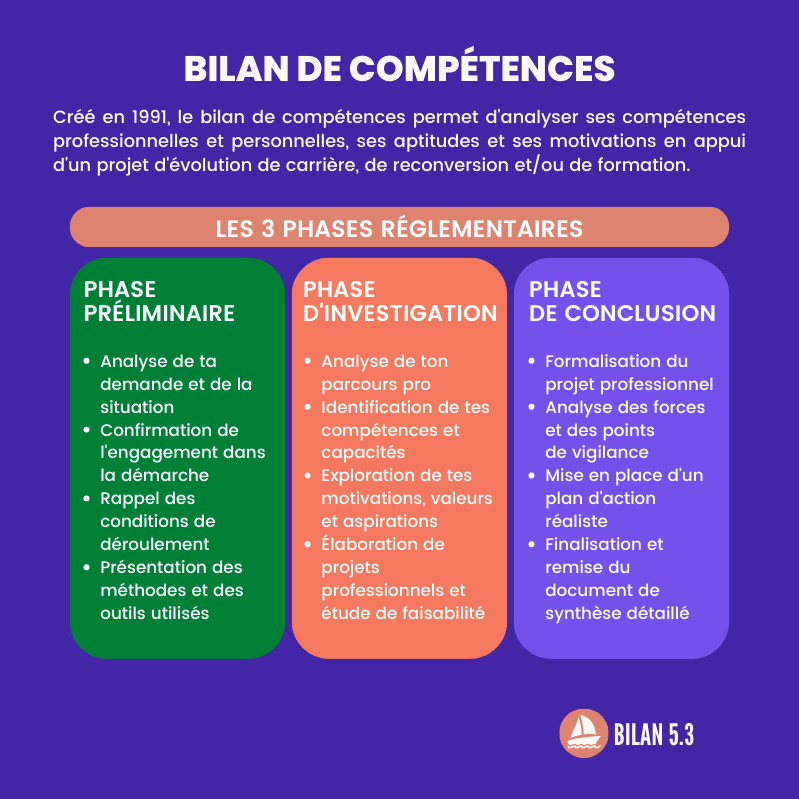According to the OFDT, in 2011, more than three out of ten traffic offenses were linked to alcohol. Those linked to narcotics are increasing. Faced with these offenses, the courts often impose fines.

The figures from the Ministry of the Interior are final. In a general context of an increase in judicial convictions for crimes and misdemeanors (+ 11% since 2000), the penal response has particularly increased for two main categories of offenses: driving under the influence of alcohol and driving under the influence. narcotics. For this reason, forty years after the ban on driving above a legal blood alcohol limit, and ten years after the ban on driving after consuming narcotics, the French Observatory for Drugs and Drug Addiction (OFDT) wished to analyze the evolution of roadside checks and the infringements observed in terms of driving under the influence. The criminal consequences brought by the judicial system were also studied in the December issue. Trends of the Observatory.
More than three in ten alcohol-related traffic offenses
As a result, in ten years, the volume of traffic violations reported each year by the police and gendarmerie services has multiplied by 1.8: 23.4 million offenses and contraventions in 2011 vs. 12.9 million in 2001. In road matters, fines remain much more numerous than offenses, except for alcohol. However, the traffic offenses observed have grown more rapidly over the last decade: among the offenses on the rise, those linked to blood alcohol levels represent the largest volume (over 30%). They constitute the first cause of tort infringement with the Highway Code.
Increase in drug-related traffic offenses
For their part, offenses linked to the use of narcotics, a more recent offense, represent less than 5% of all traffic offenses but are also on the rise. In 2011, the police and gendarmerie services recorded 25,425 drug-related traffic offenses, or 15 times less than for alcohol (171,672).
Today, almost all drug-related traffic offenses concern driving a vehicle after consumption (97%), the remaining 3% being refusals to submit to testing. These offenses of refusing to verify the use of narcotics have experienced a sharp increase in the recent period, going from 12 refusals of testing in 2004 to 179 in 2011. Finally, traffic offenses linked to the use of narcotics have increased. doubled since the implementation of saliva tests by the police in 2008 (there were then 12,944 offenses)
Increasingly frequent and positive blood alcohol tests
This increase in driving offenses under the influence is explained by the increased frequency of blood alcohol tests. Thus, in 2011, more than 11 million alcohol tests (preventive or compulsory) were carried out on the road by the police: they have increased by 35% over the past ten years.
And unfortunately, preventive checks are increasingly turning out to be positive. Their positivity rate has gone from 1.5% to 3.1% in ten years. This increase in positive preventive screening results, according to the ODFT, in part from a more targeted control strategy, geared for example towards drivers driving on weekend evenings.
In addition, compulsory blood alcohol tests (in the event of an offense or an accident) show that alcohol, along with speed, is one of the major factors in accidents. In 2011, 5,748 blood alcohol tests were carried out following a fatal accident: 17.2% of them were positive. More than 30% of those killed on the road have lost their lives in an accident involving alcohol, a proportion that has not declined for more than ten years. In other words, it would appear that the repressive policy on driving under the influence is having little effect.
The criminal response: convictions are on the rise
Finally, in parallel with the increase in roadside checks, judicial convictions for traffic offenses have increased significantly (+ 29% between 2000 and 2011). And to cope with the rise in litigation related to alcohol and narcotics, the courts have diversified the modes of criminal treatment by increasing the use of simplified procedures since the 2000s.
In these cases, the Observatory notes that alcoholic driving remains a mass dispute, and that drugs and driving are for their part a dispute increasingly punished. Among the responses provided by the courts, fines are more and more frequent, to the detriment of total suspended prison sentences, which suffer the opposite trend.
In terms of drinking and driving, the share of fines fell from 22% in 2000 to nearly 52% in 2011, while the share of total suspended sentences was halved, from 51% to less than 26%.
.















